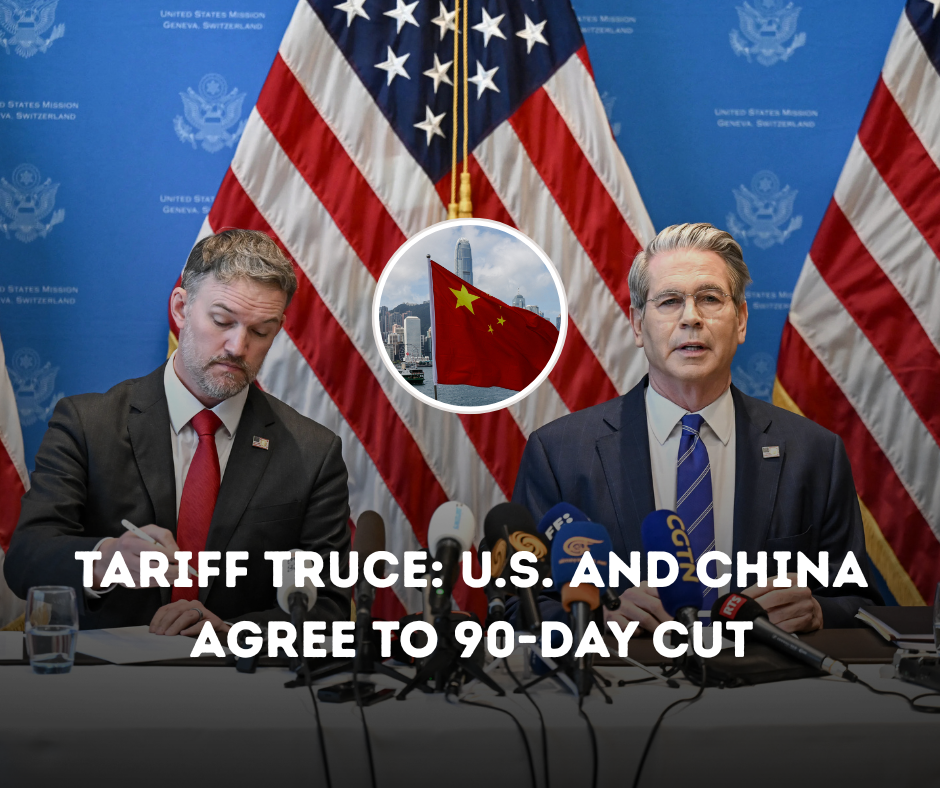In a promising move for global trade and economic stability, the United States and China have agreed to a 90-day truce on tariffs. This temporary pause is part of a broader effort to ease mounting trade tensions between the two world powers and signals a potential step toward more lasting cooperation.
The agreement, reached after high-level talks, includes a mutual reduction in certain tariffs over the next three months. During this 90-day period, both nations will return to the negotiating table to work out a more comprehensive trade deal. The goal: reduce long-standing economic friction and avoid further disruption to global markets.
For American consumers and retirees alike, this development could mean a reprieve from rising prices on imported goods. Over the past few years, tariffs have driven up costs on everything from electronics to household essentials. A reduction in these duties could slow inflation and offer some relief at the checkout counter.
For investors and those watching the markets closely, the truce offers a dose of optimism. Stock markets around the world reacted positively to the news, reflecting hope that both nations are willing to de-escalate and cooperate. However, the agreement is not permanent, and much remains uncertain. If the two sides can’t reach a lasting accord after 90 days, tariffs could rise once again.
This short-term compromise is part of a larger, ongoing dialogue about fair trade, intellectual property, and economic competition. While the path forward is still unclear, this tariff truce is an encouraging sign that diplomacy and negotiation still play a critical role in resolving global challenges.
For those who’ve lived through decades of political shifts and economic cycles, this moment is another reminder: history often repeats — but it also evolves. Staying informed, engaged, and aware of these international decisions helps us all make better personal and financial choices.

Leave a Reply